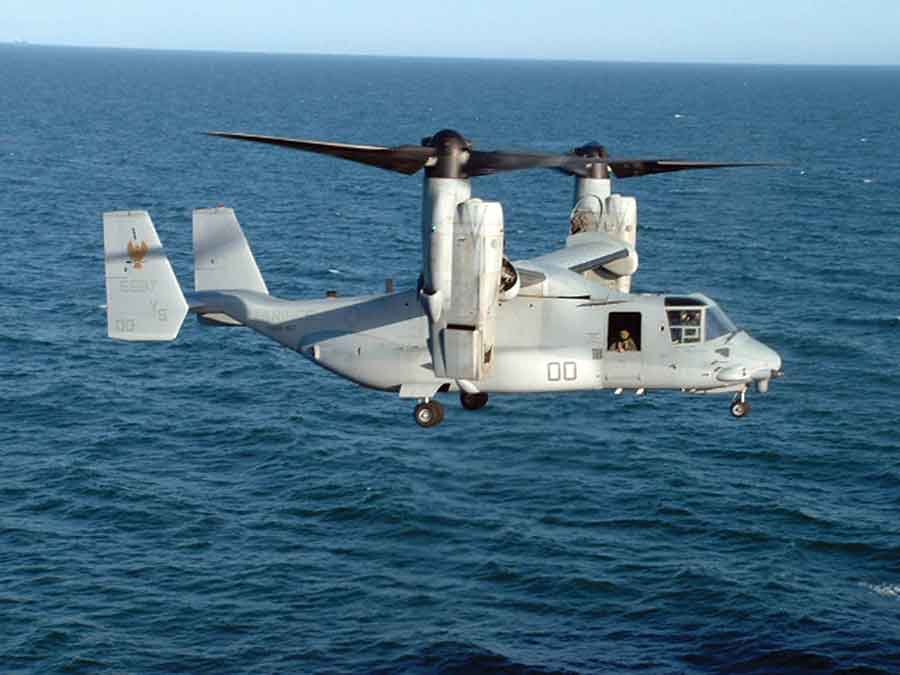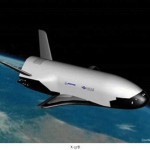Maintenance and Cost of Operations
Safety has not been much of a problem with the Osprey but maintenance certainly has been. A 2012 report by the Department of the Pentagon dealing with Operational Test and Evaluation states that from June 2007 to May 2010, the USMC’s Osprey mission-capable readiness was only 53 per cent. For an aircraft that costs more than $100 million (Rs 600 crore), it is a bit difficult to accept.
The V-22 would be well suited to operations along India’s vast Himalayan frontier…
However, as maintenance crew gain experience availability on the flight line is expected to improve.
Pentagon records of operations in Afghanistan indicate that the V-22 engine service life is just over 200 hours. The military has expected that figure to be around 600 hours. The shortfall has more than doubled the cost per flying hour to over $10,000 (Rs 600,000) compared with $4.600 (Rs 276,000) for the Sea Knight, the Osprey was designed to replace.
But those figures fail to account for the Osprey’s speed and size. A USMC analysis states that with the capacity of the Osprey to carry 24 passengers as against 12 by the Sea Knight, the cost per-seat-per-mile of the former is $1.76 (Rs 106) as compared with $3.17 (Rs 190) of the latter. The US Armed Forces are of the view that while the Osprey may be expensive to maintain operationally, it is much too useful to abandon. In fact, it has been reported that the US Navy is moving ahead to conclude a five-year contract on behalf of the other services valued just under $6.5 billion (Rs 39,000 crore) to procure 99 new V-22 Ospreys. 92 of these are meant for the USMC and seven for the USAF. The Navy is also reported to be contemplating a third contract for 100 or more aircraft, which could include the 48 V-22s for the US Navy and the remaining for possible international sales. So, is the V-22 Osprey relevant to the Indian armed forces?
The Osprey is available for search-and-rescue, medium-range assault and long-range Special Operations…
Options for India
The V-22 would be well suited to operations along India’s vast Himalayan frontier where high altitudes, inhospitable terrain, non-availability of airfields, lack of road connectivity and long borders, make it a better option than fixed-wing transport aircraft that are runway-dependent or heavy-lift helicopters that are slow and would require many more round trips to complete a given task. When speed is of the essence as in Combat Rescue or for Special Operations, the Osprey will, without doubt, score over the helicopter. The Indian armed forces need to consider the Osprey as a possible future platform for all the three Services. While the Indian Navy has shown preliminary interest in the Osprey as a potential carrier-borne Airborne Early Warning and Control (AEW&C) platform, it is now understood that the Indian Air Force has evinced interest and asked for briefings on the aircraft for the Combat Search & Rescue (CSAR) role and operations by Special Forces. The versatility of the Osprey can be optimally exploited for Special Missions conveying troops and equipment over long distances at high speed and be able to land in confined spaces like a helicopter. The Osprey is available in three configurations namely, search-and-rescue, medium-range assault or long-range Special Operations. The aircraft can even be fitted with a radar array for use on aircraft carriers. The cost of this machine at $100 million (Rs 600 crore) apiece however, may be a detracting factor. In the ultimate analysis, it is its operational versatility and combat record that should tilt the balance in its favour for induction into the inventory of the Indian armed forces.






V-22 osprey is a good option for India, except for one condition. It should come under either Indian naval air arm or Army aviation.
Just seen two fly over RAF Scampton heading towards Doncaster 6.20pm 27/4/15
The V-22 Osprey fills the slot between a helicopter and a fixed wing. Not as good as a helicopter for vertical lift over short distances. Not as good as a fixed wing over long distances, especially when suitable airfields are available. Between these two goalposts, it does well.
A-10 offered is good for close air support.
An afghan school teacher hid & saved a Seal.will US acknowledge ?
Sir,
In the Indian context the V-22 Osprey has to be viewed in relation to operating in high altitude areas which will involve landing and taking off at altitudes near about 14000 ft AGL. The payload capacity of the aircraft reduces drastically at these altitudes. Sometimes the AN-32 are taking off from Leh nearly empty because of the temp factor. The same issue if factored here brings us to the conclusion that the operating cost is not favourable. The cost of operating one V-22 will be more than operating 4 x MI-17 helicopters whose combined payload will be more than the V-22 at the altitude mentioned above. It may not be very suitable in our context for employing in mountains. The overall cost factor still will dictate that medium lift helicopters are the best bet for us. Regards.
The Osprey has really proven to be an outstanding platform…. I wasn’t fond of it when it first came out.. But now I have been proven wrong.
Air Marshal, you should also wish for the stars. This little Osprey is too small for your imagination.